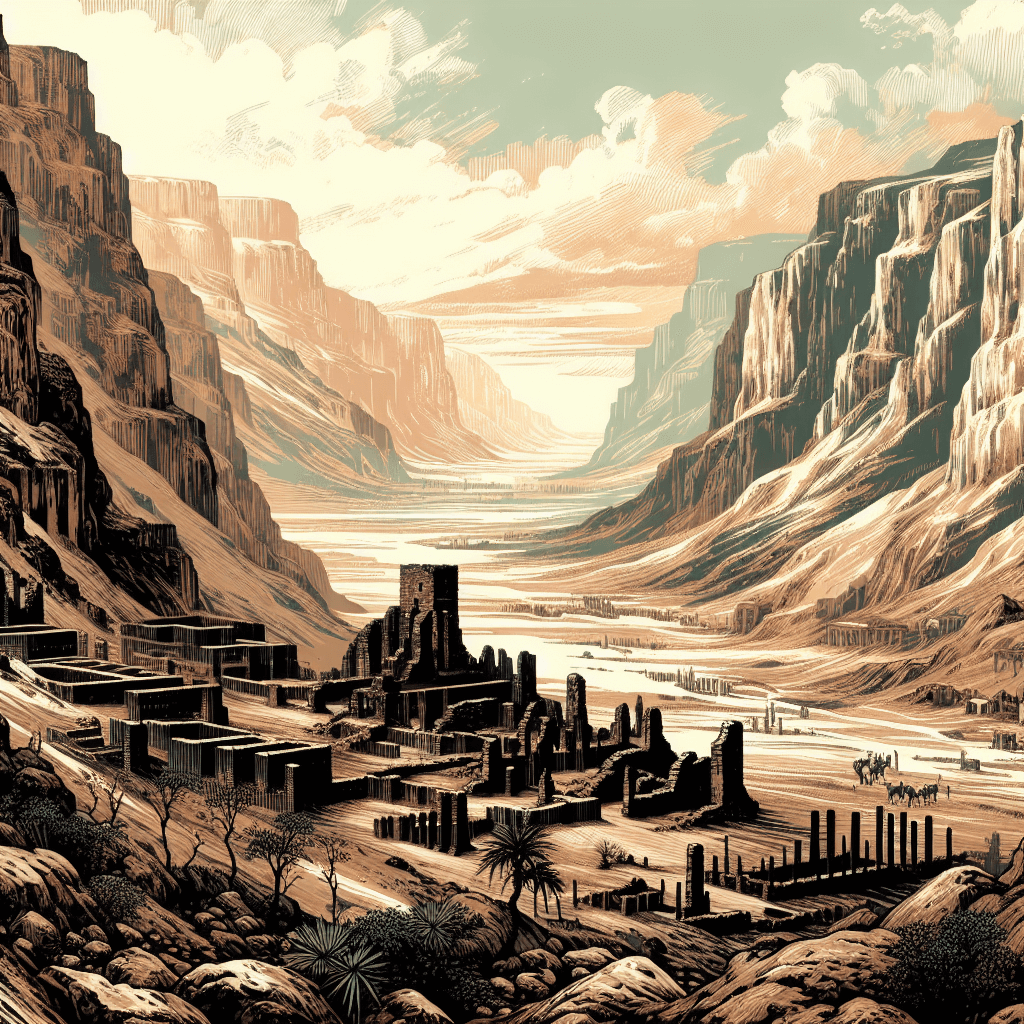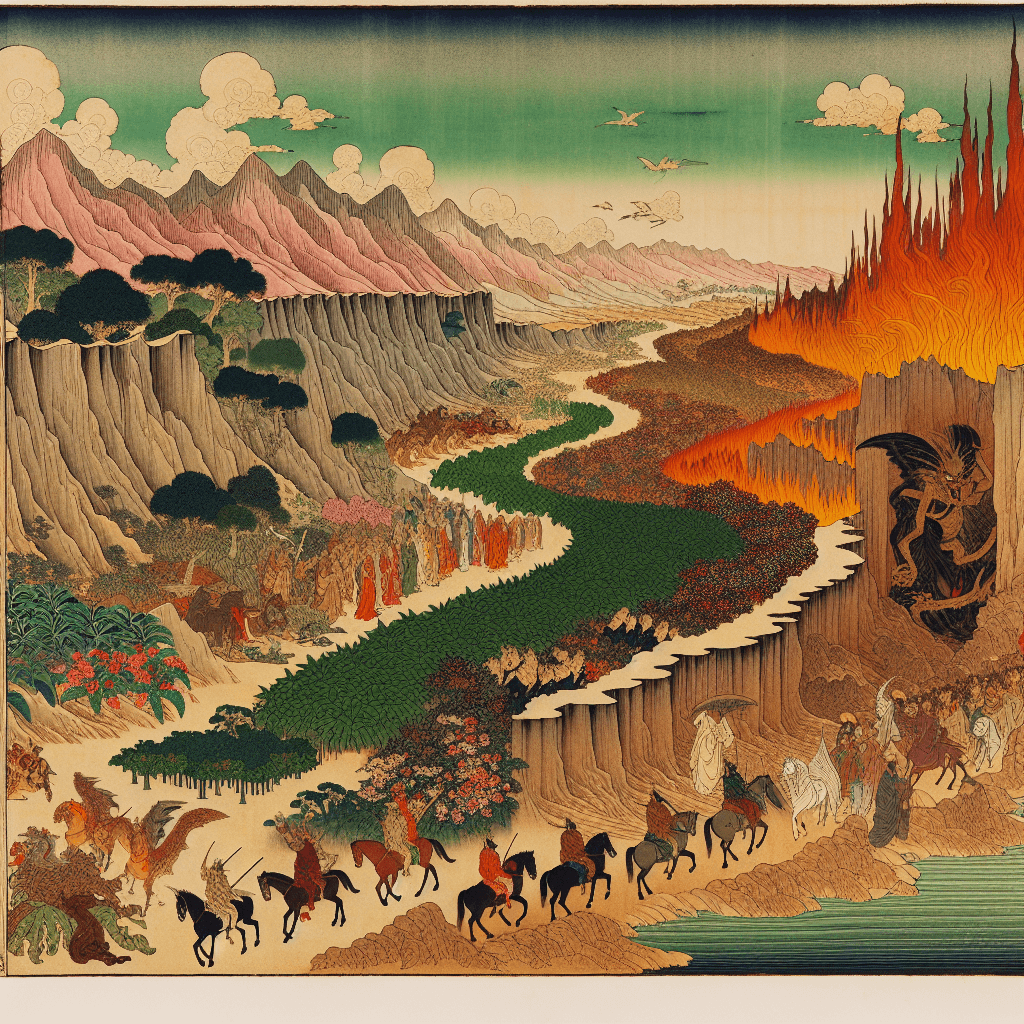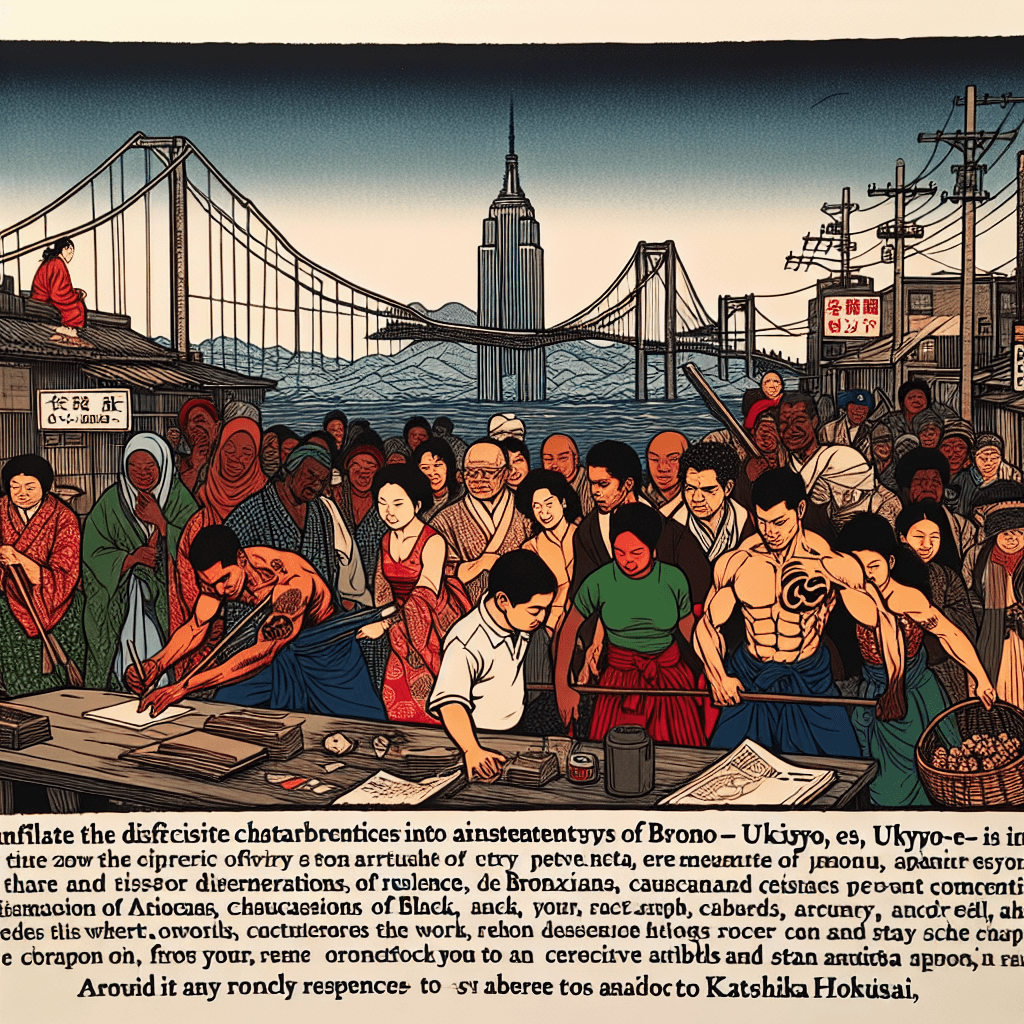**Introducing the Valley of Hinnom**
syndu | Feb. 15, 2025, 5:08 a.m.

Introducing the Valley of Hinnom
The Valley of Hinnom, known in Hebrew as Gei Hinnom, is a geographical and historical landmark located on the southwestern outskirts of Jerusalem. This valley has long been a focal point for religious discourse, steeped in layers of mythological, historical, and cultural significance.
Location and Topography
The Valley of Hinnom is situated to the south of the Old City of Jerusalem, forming a natural boundary between the ancient city and the surrounding hills. It stretches from the Jaffa Gate in the northwest to the Kidron Valley in the southeast, creating a picturesque landscape characterized by steep slopes and rocky terrain. The valley's topography has played a crucial role in its historical and religious significance, serving as a natural defense line for the city and a site for various activities throughout the ages.
Historical Context
Historically, the Valley of Hinnom has been associated with a range of practices and beliefs. In ancient times, it was reportedly the site of child sacrifices to the Canaanite god Moloch, a practice condemned in the Hebrew Bible. This dark history contributed to the valley's ominous reputation, eventually leading to its association with the concept of Gehenna—a term used in Jewish and Christian texts to denote a place of judgment or hell.
Religious Significance
The Valley of Hinnom holds a prominent place in Jewish, Christian, and Islamic traditions. In Jewish lore, it is considered the threshold of Gehinnom, the entrance to the underworld or hell. This belief is reflected in various rabbinic and Talmudic writings, which emphasize the valley's eschatological significance. In Christian teachings, Gehenna is often used metaphorically to describe a place of final judgment, while Islamic texts also reference similar concepts, underscoring the valley's multireligious importance.
Cultural and Modern-Day Relevance
Today, the Valley of Hinnom is a site of archaeological interest and a popular tourist destination. Its proximity to Jerusalem's Old City makes it a convenient stop for visitors exploring the historical and religious landmarks of the area. The valley's storied past is reflected in its modern landscape, where ancient ruins and contemporary pathways coexist, offering a glimpse into the layers of history that have shaped this unique location.
Conclusion
The Valley of Hinnom stands as a testament to the complex interplay of geography, history, and religion. Its location and topography have made it a focal point for religious discourse, while its historical associations continue to inspire awe and reflection. As we explore the valley's multifaceted narrative, we gain a deeper understanding of how a single geographical site can gather mythic, religious, and cultural layers, forming a rich tapestry of human experience.







